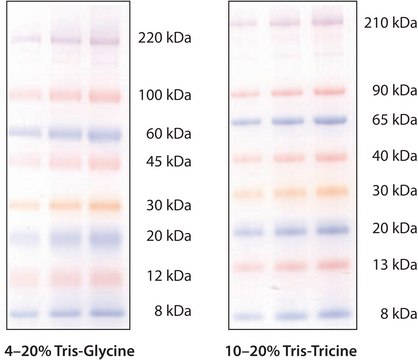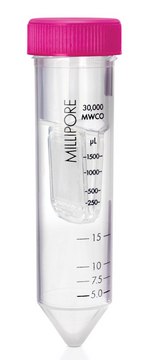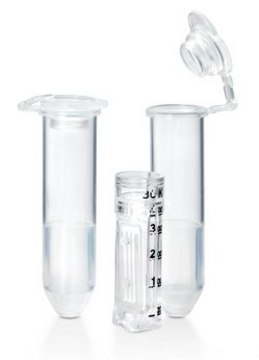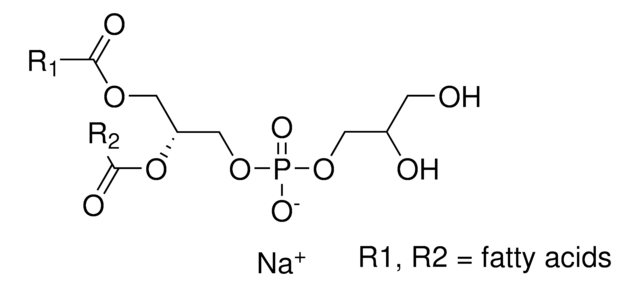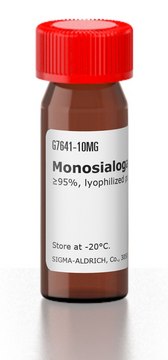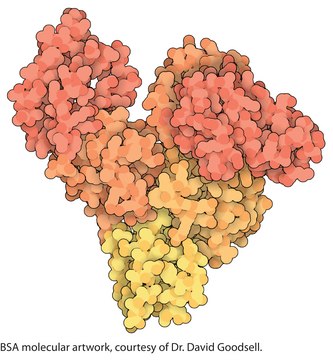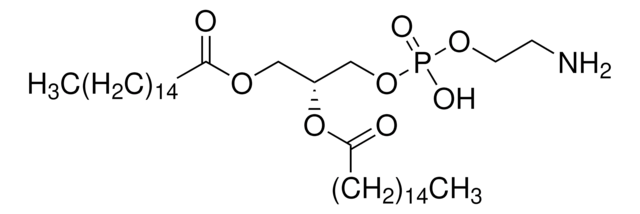AV50093
Anti-PIGO antibody produced in rabbit
affinity isolated antibody
Sign Into View Organizational & Contract Pricing
All Photos(1)
Synonym(s):
Anti-DKFZp434M222, Anti-FLJ00135, Anti-MGC20536, Anti-MGC3079, Anti-Phosphatidylinositol glycan anchor biosynthesis, class O, Anti-RP11-182N22.4
UNSPSC Code:
12352203
NACRES:
NA.41
Recommended Products
biological source
rabbit
Quality Level
conjugate
unconjugated
antibody form
affinity isolated antibody
antibody product type
primary antibodies
clone
polyclonal
form
buffered aqueous solution
mol wt
74 kDa
species reactivity
guinea pig, human
concentration
0.5 mg - 1 mg/mL
technique(s)
western blot: suitable
NCBI accession no.
UniProt accession no.
shipped in
wet ice
storage temp.
−20°C
target post-translational modification
unmodified
Gene Information
human ... PIGO(84720)
General description
The previously assigned protein identifier B1AML3 has been merged into Q8TEQ8. Full details can be found on the UniProt database.
Immunogen
Synthetic peptide directed towards the N terminal region of human PIGO
Application
Anti-PIGO antibody produced in rabbit is suitable for western blotting at a concentration of 1.0μg/ml.
Biochem/physiol Actions
Phosphatidylinositol glycan anchor biosynthesis, class O (PIGO; HPMRS2) protein is involved in the biosynthesis of glycosylphosphatidylinositol anchor that is present on blood cells and anchors the cell surface proteins. Mutations in PIGO gene results in hyperphosphatasia with mental retardation (HPMRS).
Sequence
Synthetic peptide located within the following region: LIDALRFDFAQPQHSHVPREPPVSLPFLGKLSSLQRILEIQPHHARLYRS
Physical form
Purified antibody supplied in 1x PBS buffer with 0.09% (w/v) sodium azide and 2% sucrose.
Disclaimer
Unless otherwise stated in our catalog or other company documentation accompanying the product(s), our products are intended for research use only and are not to be used for any other purpose, which includes but is not limited to, unauthorized commercial uses, in vitro diagnostic uses, ex vivo or in vivo therapeutic uses or any type of consumption or application to humans or animals.
WGK
WGK 3
Flash Point(F)
Not applicable
Flash Point(C)
Not applicable
Regulatory Information
新产品
Certificates of Analysis (COA)
Search for Certificates of Analysis (COA) by entering the products Lot/Batch Number. Lot and Batch Numbers can be found on a product’s label following the words ‘Lot’ or ‘Batch’.
Already Own This Product?
Find documentation for the products that you have recently purchased in the Document Library.
T Kinoshita et al.
Current opinion in chemical biology, 4(6), 632-638 (2000-12-05)
The pathway for glycosylphosphatidylinositol-anchor biosynthesis consists of at least 10 reaction steps. Many of the genes encoding the enzymes and regulators involved in this pathway have been recently cloned and their products characterised. These studies have revealed the common and
Peter M Krawitz et al.
American journal of human genetics, 91(1), 146-151 (2012-06-12)
Hyperphosphatasia with mental retardation syndrome (HPMRS), an autosomal-recessive form of intellectual disability characterized by facial dysmorphism, seizures, brachytelephalangy, and persistent elevated serum alkaline phosphatase (hyperphosphatasia), was recently shown to be caused by mutations in PIGV, a member of the glycosylphosphatidylinositol
Our team of scientists has experience in all areas of research including Life Science, Material Science, Chemical Synthesis, Chromatography, Analytical and many others.
Contact Technical Service